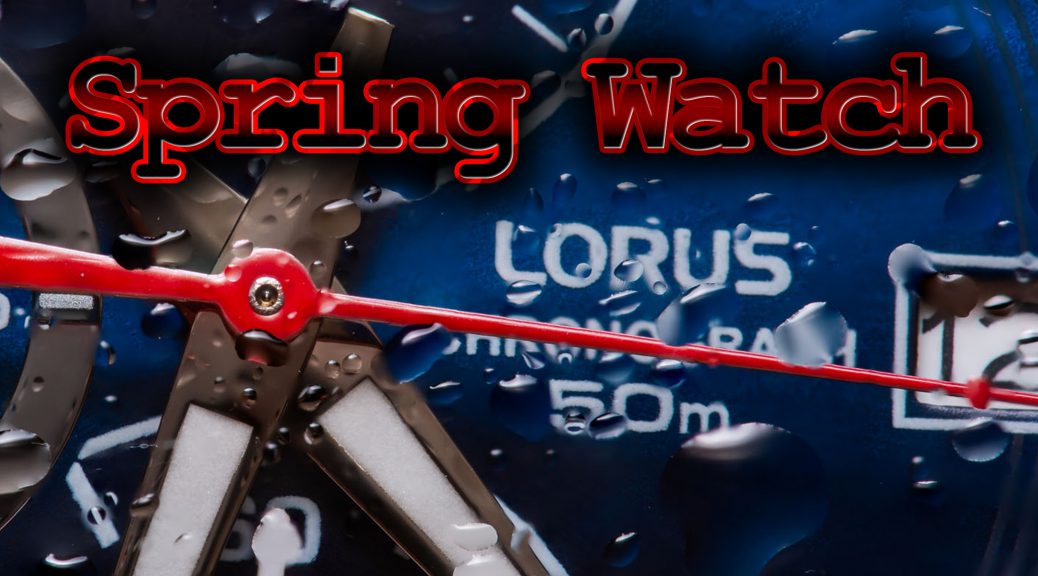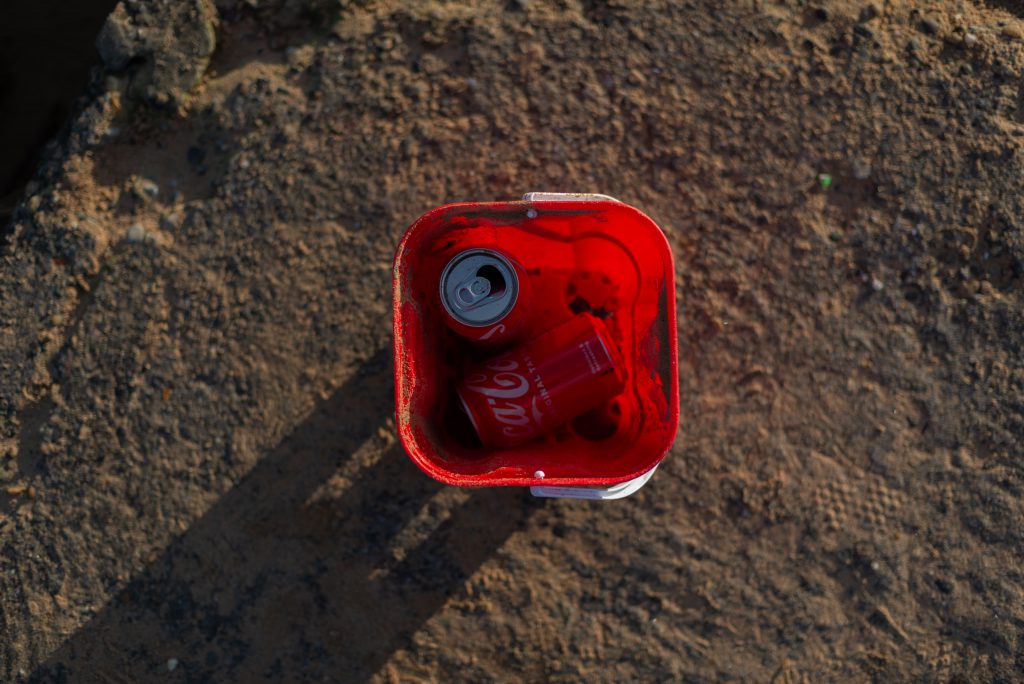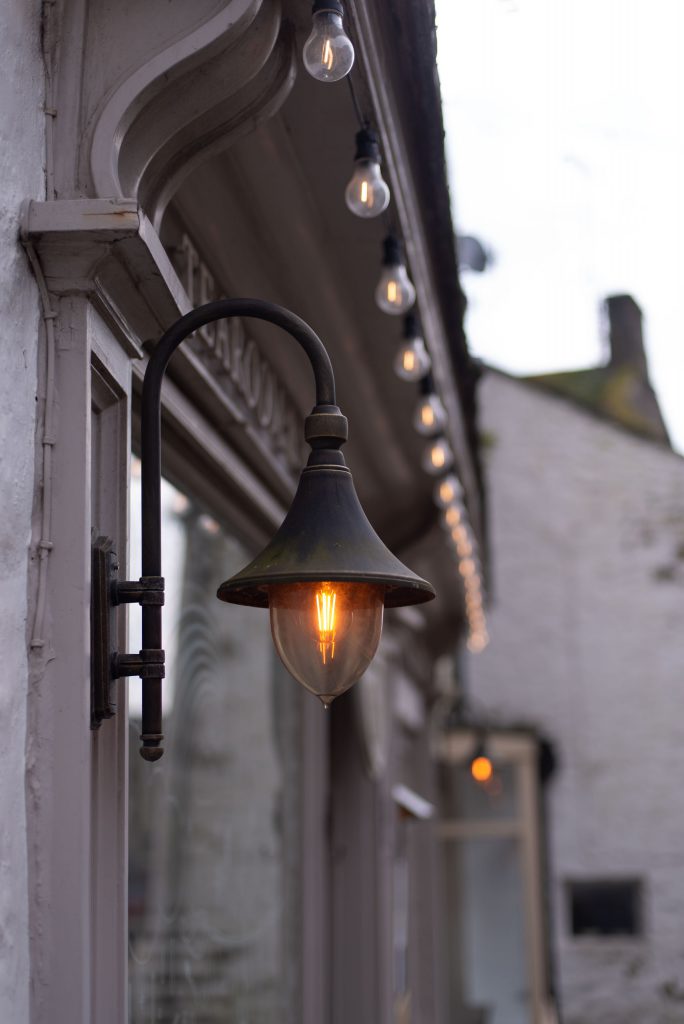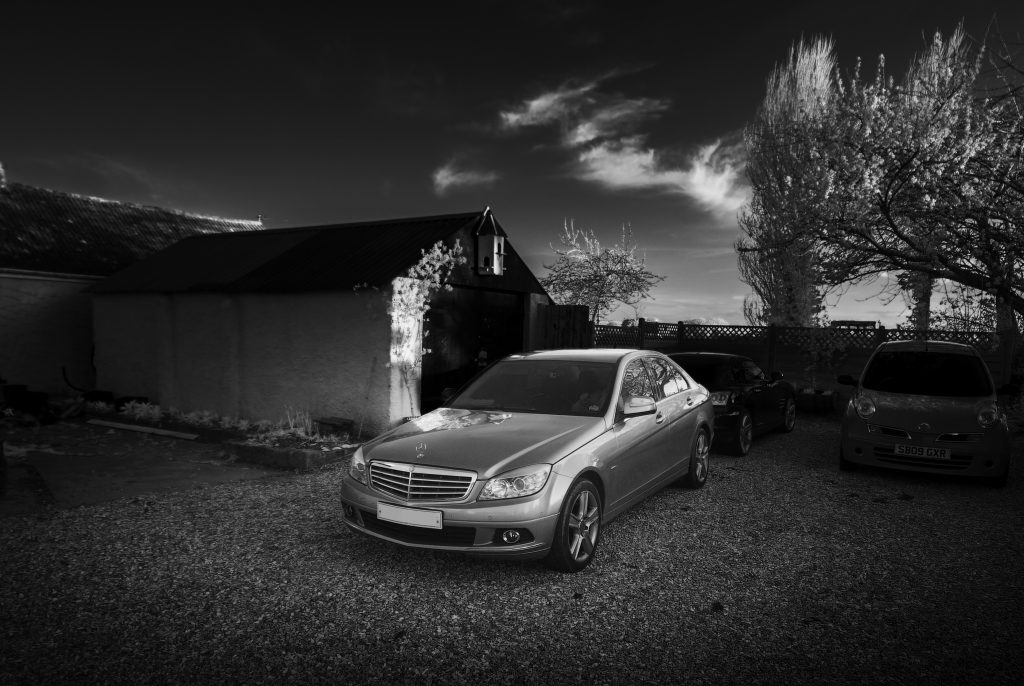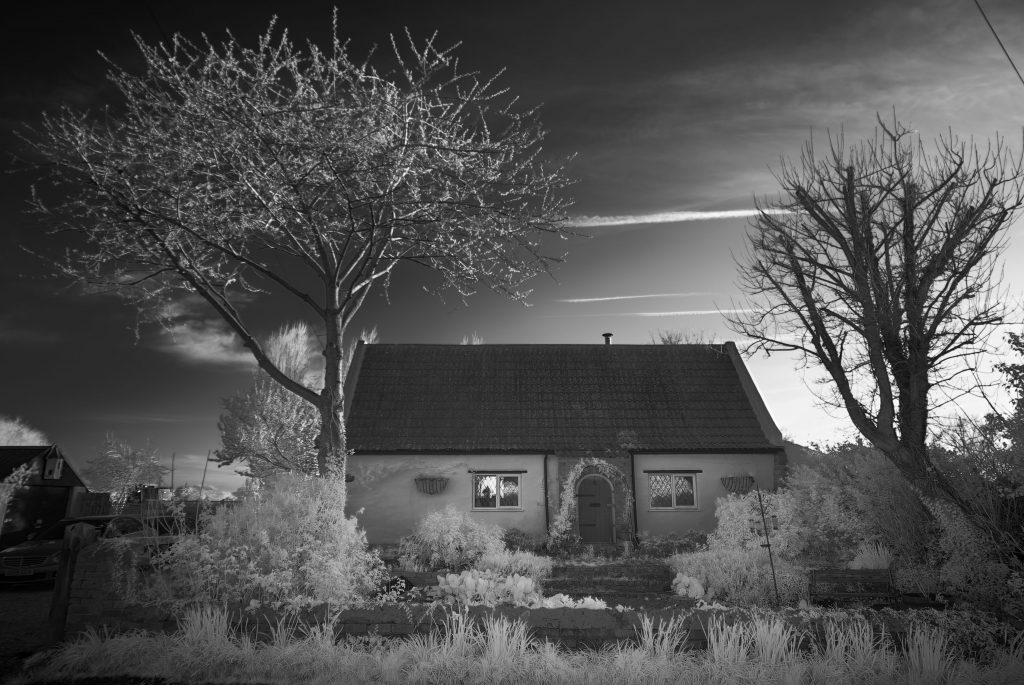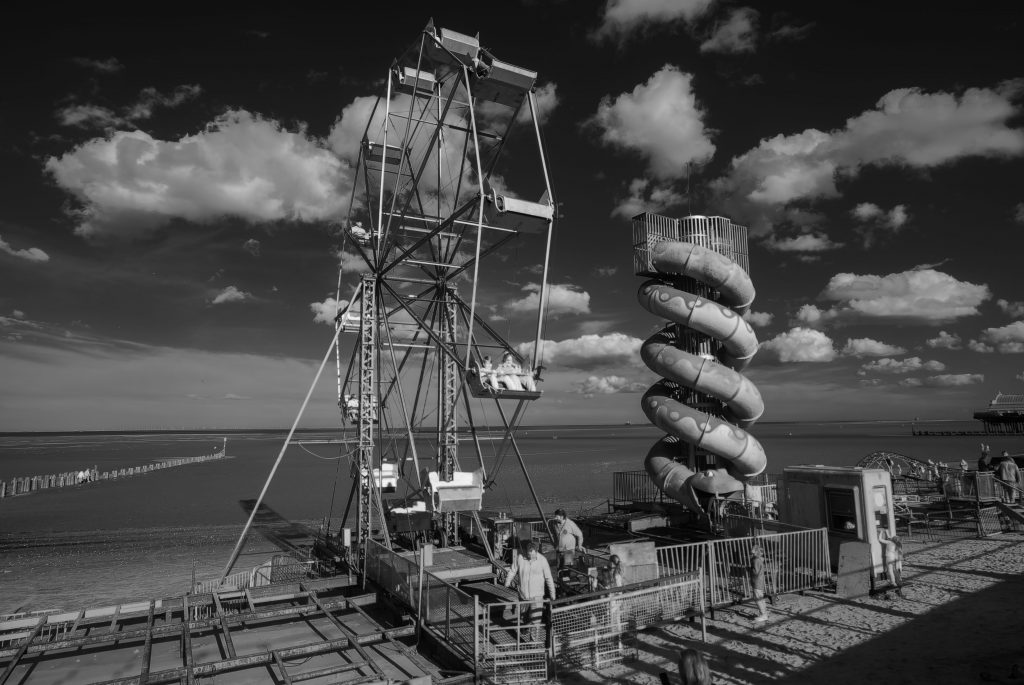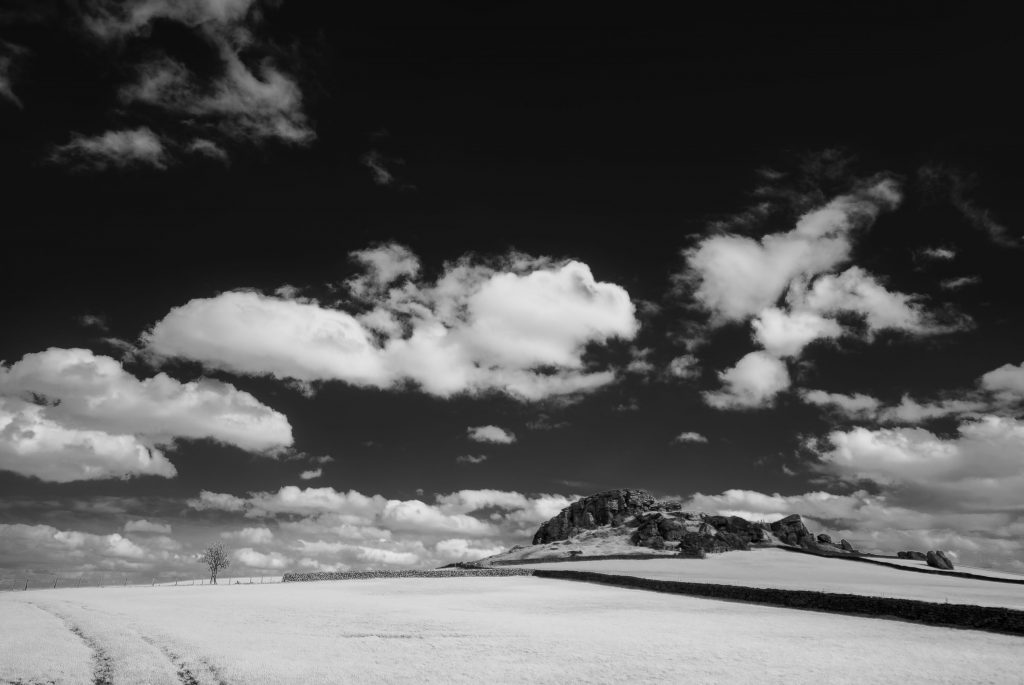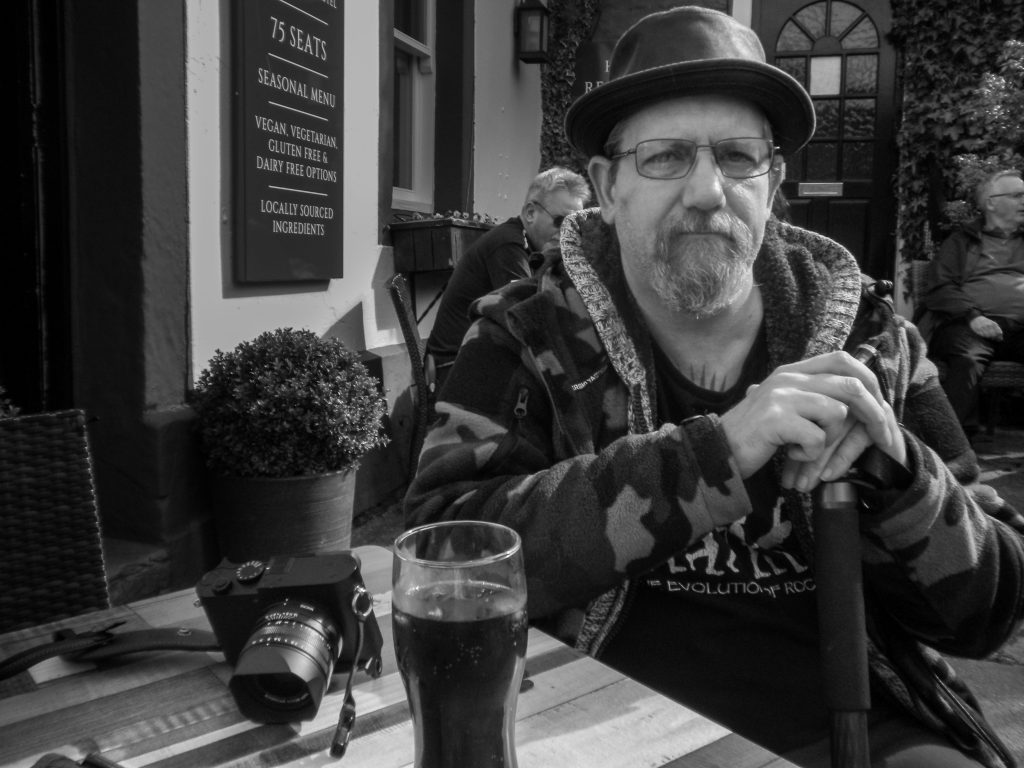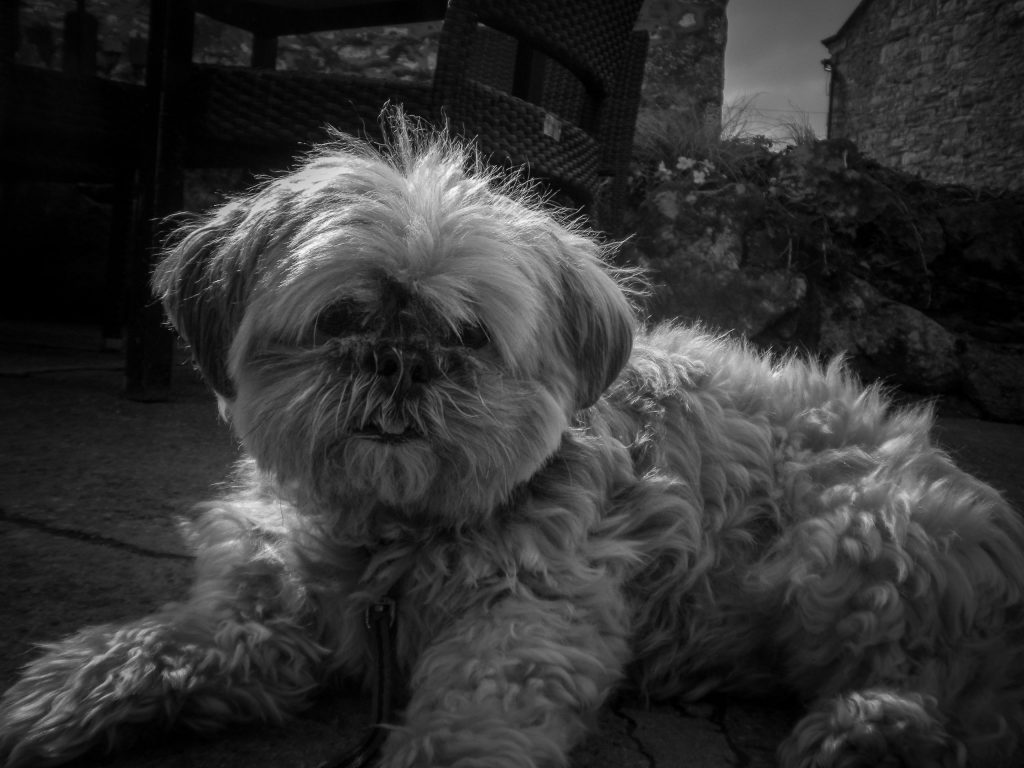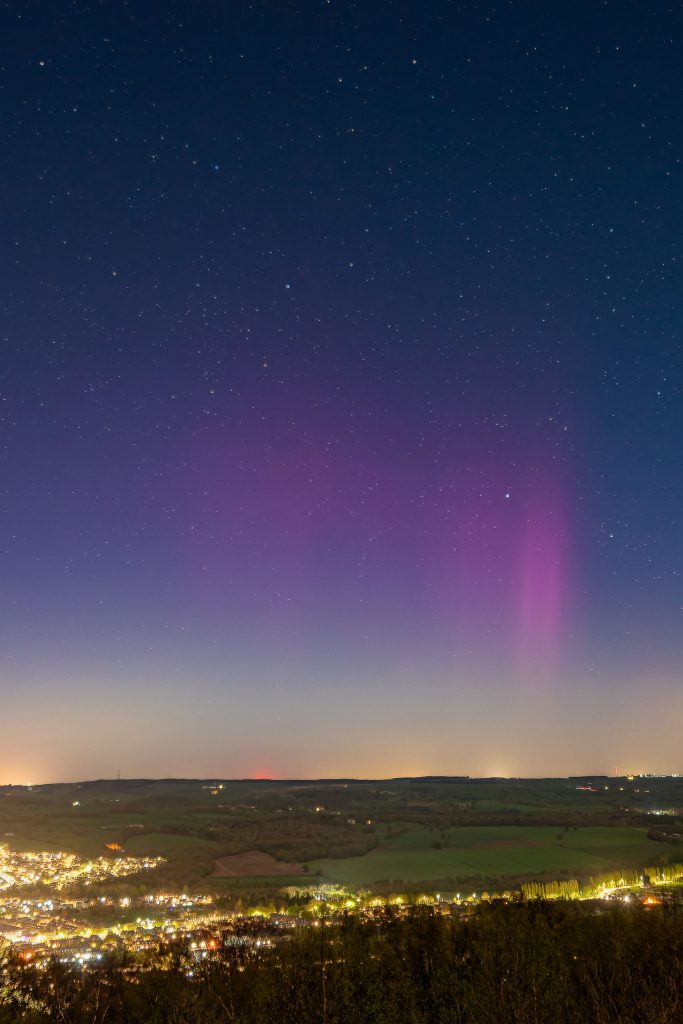Toying with street photography
As I wrote in a recent post, I’ve been trying to mix it up a little and move between photography genres. I have, and regularly use, three different cameras. They are fairly distinct in their purpose.
I’m using my D800 with a 50mm lens mostly for street photography and a 14mm for astrophotography. On rare occasions I’ll use the D800 for wildlife photography with the Sigma 150-600mm, when I don’t need to crop the images in post. Mostly, recently, I’ve been trying to get back into street photography, which is a genre that I’d been avoiding for many years.
When I purchased the D800 I also bought an old 50mm f/1.4D to go with it. I’d shot DX for over a decade at that point and, in the process of moving to full frame, wanted to explore some more shallow depth of field in my general photography – something that is comparatively challenging to achieve with crop-sensor cameras.
However the images from the f/1.4D were, I have to say, pretty awful to start with. I wasn’t able to resist the temptation to shoot wide open and take maximum advantage of the very wide aperture that a f/1.4 offers, but the amount of chromatic aberration present in the images was so severe that I pretty much abandoned the lens immediately.
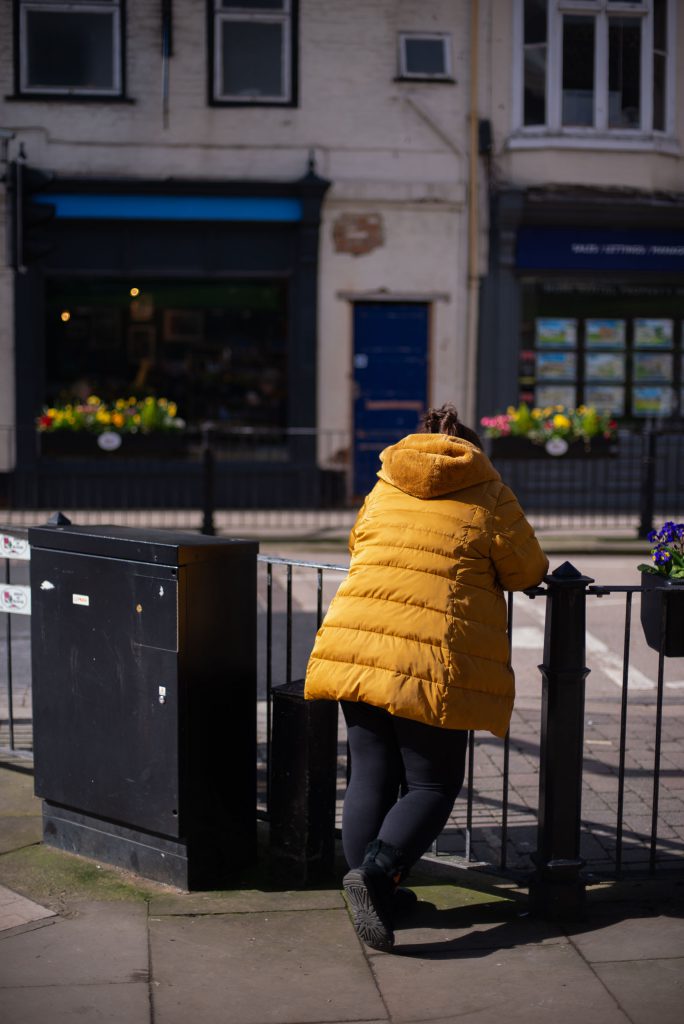 Recently I’ve taken it back up and begun stopping it down a little. While at f/1.4 the lens is pretty poor, once stopped down to f/1.8 or f/2, it sharpens up really well and the chromatic aberrations are gone. Yes, there’s a bit of vignetting in the corners but I really enjoy this particular characteristic. It turns out this lens, around the centre of the image, is really quite sharp! It’s not perfect at all, of course, and towards the edges the quality of the image falls off pretty badly, but that’s its character! It’s a very capable lens for general use. 🙂
Recently I’ve taken it back up and begun stopping it down a little. While at f/1.4 the lens is pretty poor, once stopped down to f/1.8 or f/2, it sharpens up really well and the chromatic aberrations are gone. Yes, there’s a bit of vignetting in the corners but I really enjoy this particular characteristic. It turns out this lens, around the centre of the image, is really quite sharp! It’s not perfect at all, of course, and towards the edges the quality of the image falls off pretty badly, but that’s its character! It’s a very capable lens for general use. 🙂
Painting the town
My infrared converted D3000 which sat in the boot of the car for months has finally seen the light of day again. I’ve really been enjoying the IR590, now the clouds have begun to break up a little!
Still cool to take pix
Yes, I’m still enjoying my pocket shooter, the Nikon Coolpix. Its quality is certainly far shy of my other cameras, but I think this is an aspect I rather enjoy.
I discovered that I can even drag the shutter with this camera, and a half-second exposure can be mixed with the integrated flash, to create some pseudo-effects. I don’t particularly like the result, but I like that I’m inspired to try things out differently.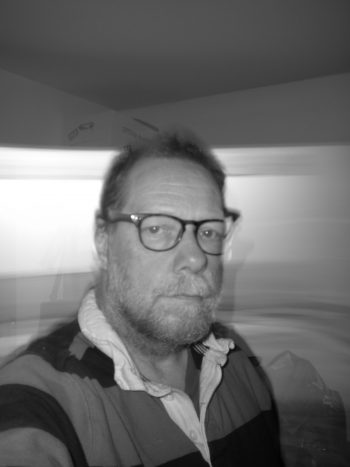
Revisiting old images and sharing with other Photographers
My use of Facebook has been dwindling considerably over the last few years, with posts being even more sporadic in recent months – truth be told, I’d not taken enough photos to warrant Facebook posts lately. But more recently I’ve happened on, or been linked to, a number of special interest groups on there. What’s different with a Facebook group, distinct from my Facebook friend group, is that – unlike my friend group, I don’t feel like I’m subjecting these specialist groups’ members to my photography against their will.
Yes, that sounds silly now I’ve typed it out, but I’m quite sure that my photography is of little interest to my friends. Contrast that with a photography group, where the purpose of being in the group is to see and to share images, and all of a sudden I feel at liberty to share my best images.
Astronomical
These are interesting times in the astrophotography world, and right now we’re in the midst of a solar maximum. The sun doesn’t just shine, it actually pulses, and the pulse cycle is approximately 11 years in duration, from peak to peak. The effects of the solar maximum should be seen for around 18 months, and already I’ve been capturing images that I’ve never been able to capture before.
During a solar maximum the sun is expected to increase its output of coronal mass ejections (CMEs). These are eruptions of plasma, ejected from the sun’s surface and, when directed at earth, these can cause aurora borealis (aka Northern Lights) as the plasma collides and interacts with the earth’s polar magnetic fields.
As midsummer approaches, the opportunity to capture the Northern Lights will reduce as the window of darkness in the night sky shrinks. Come September and October, though, the solar maximum should still be occurring and the night sky should be more accommodating again. Not that we’re done for this season, though. I think there is still time for the night sky to offer up some sights we wouldn’t normally see until the end of May, before the light-night summer break! 🙂

